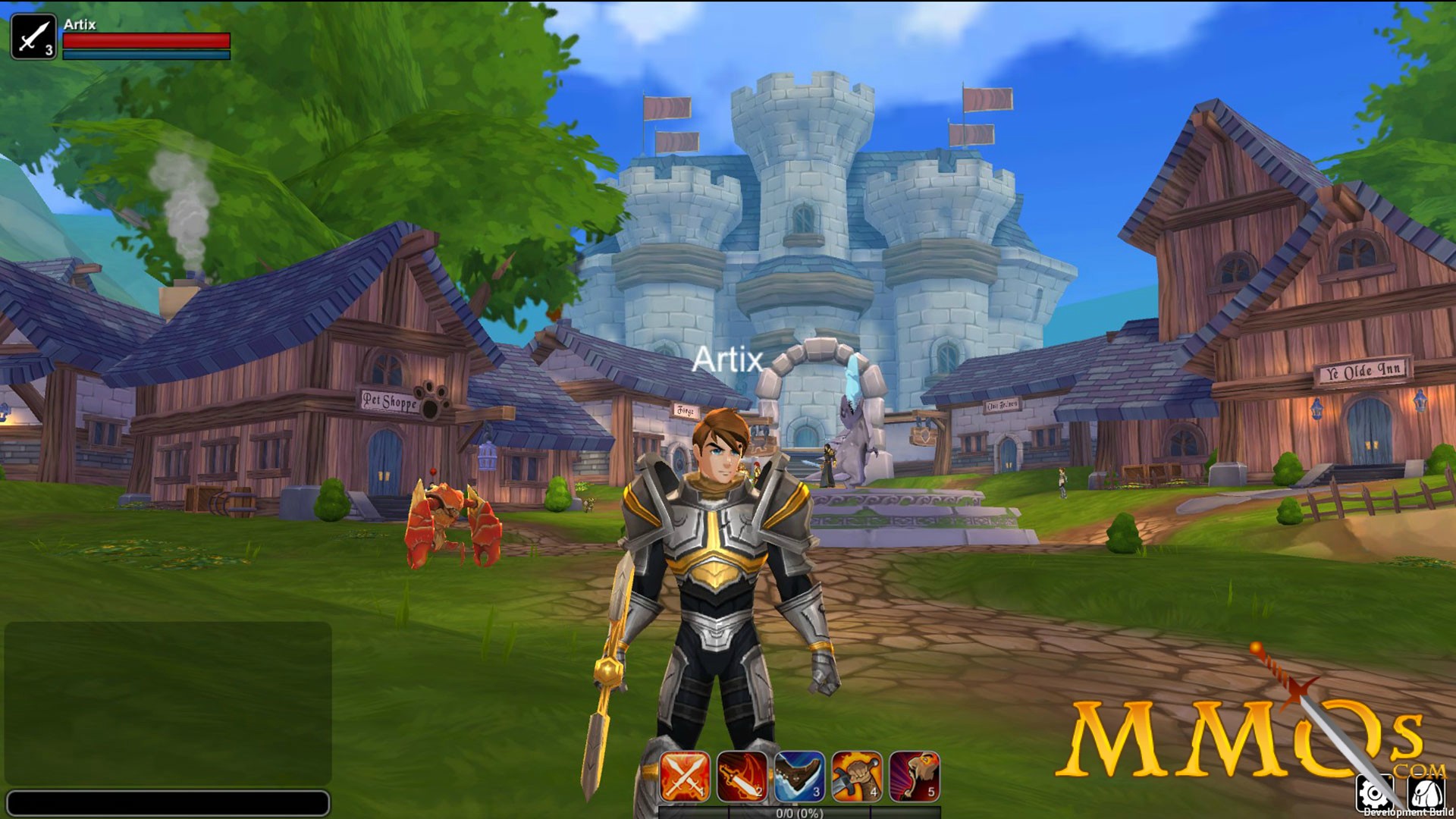

Sierra wasn't the only company advancing the fledgling genre.

Billed by some as an "interactive cartoon," King's Quest seemed to bring adventure games-and the fairy tales they used for inspiration-to life. It was the first computer game to support the 16 color EGA standard, and also the first to offer a pseudo-3D world in which players controlled a character-via a third-person perspective-who could move in front of, behind, or over other objects on the screen. The PCjr tanked, but King's Quest took the computer gaming world by storm-being ported and remade for several other platforms and rapidly rising to bestseller status. And so was born the game that defined the genre, King's Quest: Quest for the Crown, along with the scripting language Adventure Game Interpreter (AGI), which formed the backbone of Sierra's adventure games until it was superseded in 1988. IBM approached the fledging company, now renamed Sierra On-Line, with an offer of $700,000 to create a game that could show off the multimedia capabilities of the upcoming PCjr. It wasn't until 1983, though, that the genre received its first kick in the pants. A second title, Wizard and the Princess, followed shortly after and added color graphics. Mystery House was a painfully simple text adventure that offered one big selling point: monochrome line drawings which accompanied the text. Inspired by a version of Will Crowther's Adventure, which was discovered by accident while remotely coding on a mainframe computer, husband and wife team Ken and Roberta Williams created Mystery House for the Apple II in 1980. The origins of the graphic adventure lie, unsurprisingly, in text adventures. Here's how we got from King's Quest to The Longest Journey and why it matters-and getting to the end of this particular story won't require the use of a text parser, demand that you combine two inscrutable inventory objects to solve a demented puzzle, or send you pixel-hunting across the screen. But few gamers today know the complete history of the genre, or how the classic Sierra and LucasArts titles of the late 1980s and early 1990s largely disappeared beneath the assault of first-person shooters. It gave us Roger Wilco, Sam & Max, and the world of Myst. It shaped the fate of the largest companies in the gaming industry even as the games' crude color graphics served as the background for millions of childhood memories. The genre shot to the top of computer gaming in the latter half of the 1980s, then suffered an equally precipitous fall a decade later. Graphic adventure games struggle to find success in today's market, but once upon a time they topped sales charts year after year. To gamers of a certain age, the mere names evoke an entire world of gaming, now largely lost.


 0 kommentar(er)
0 kommentar(er)
